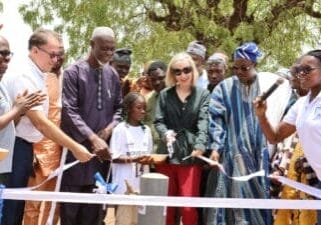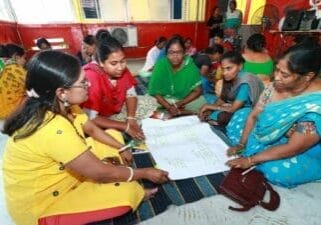News > Blog
Collaborating, Learning, and Adapting (CLA): An Analysis of What CLA Looks Like in Development Programming
Published 08/01/2017 by Global Communities
Collaborating, Learning, and Adapting (CLA): An Analysis of What CLA Looks Like in Development Programming
About the Collaborating, Learning, and Adapting Framework While the practices of collaborating, learning, and adapting have long been valued by USAID and international development partners, they often do not happen regularly or systematically and are not intentionally resourced. To address this, USAID’. Bureau of Policy, Planning and Learning (PPL) and its support mechanism, The Learning and Knowledge Management mechanism (LEARN), developed a Collaborating, Learning, and Adapting (CLA) framework to help USAID missions and implementing partners think more deliberately about how to plan for and implement CLA approaches that fit their context and assist them in achieving their development objectives.
This analysis is part of a broader area of work known as the Evidence Base for Collaborating, Learning, and Adapting (EB4CLA) effort spearheaded by USAID’s Bureau for Policy, Planning and Learning (PPL) and its support mechanism, The Learning and Knowledge Management mechanism (LEARN). Each year, through the CLA Case Competition, PPL and LEARN invite USAID missions and implementing partners from across the globe to submit examples of collaborating, learning, and adapting approaches that add value to development programming. In 2015, 60 USAID missions and implementing partners sent in case stories for review. Judges from PPL and LEARN selected 6 winners, but also recognized that the collection provided an exciting opportunity to look across cases and synthesize patterns of learning about CLA that would be applicable to wider USAID, implementing partner, and donor audiences.
Read the full report here.





